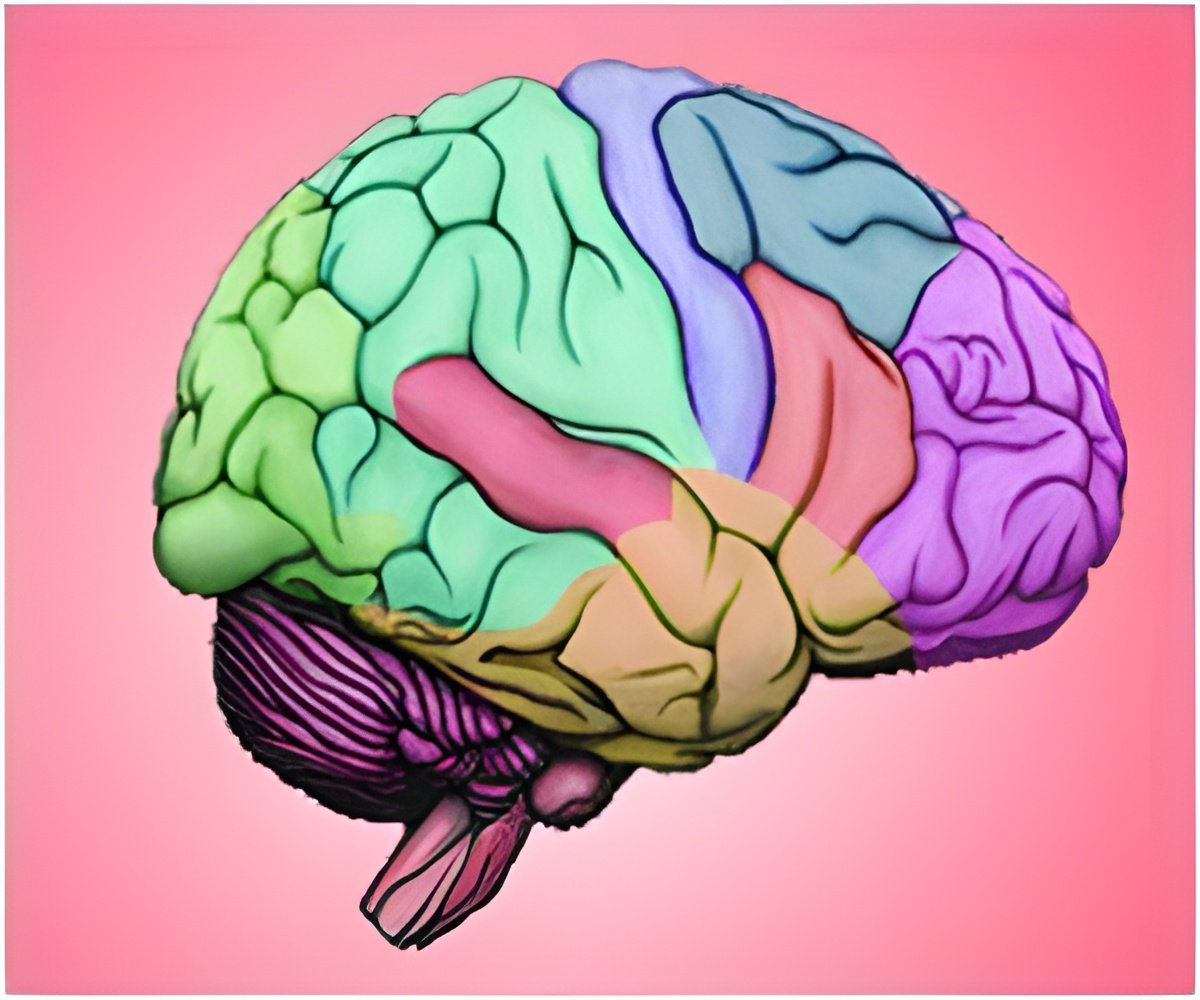
‘A potential molecular mechanism through which lead may harm neural stem cells and neurodevelopment in children has been identified by researchers.’
Tweet it Now
Researchers have now identified a potential molecular mechanism through which lead, a pervasive environmental toxin, may harm neural stem cells and neurodevelopment in children. The study, from Harvard T.H. Chan School of Public Health, suggests that lead exposure can lead to oxidative stress - a process that can change cell behavior and has been linked with health problems - among certain proteins within neural stem cells. The study - one of the first to integrate genetic analysis in the lab with genomic data from participants in an epidemiological study - will be published online in Environmental Health Perspectives.
"It is known that lead particularly affects the early stages of neurodevelopment, but the underlying molecular mechanisms remain poorly understood. Our study identified one such key mechanism and has potential implications for therapeutics to treat the neurotoxicity associated with lead exposure," said Quan Lu, associate professor of environmental genetics and pathophysiology and senior author of the study.
In the new study, researchers explored molecular mechanisms through which exposure to lead may impact neural stem cells, which are cells that can differentiate to form other kinds of cells in the central nervous system and play a key role in shaping the developing brain.
They found that lead exposure induced an oxidative stress response in the cells, and they identified two proteins involved in the process: SPP1, or osteopontin, and NRF2.
Advertisement
Source-Eurekalert









